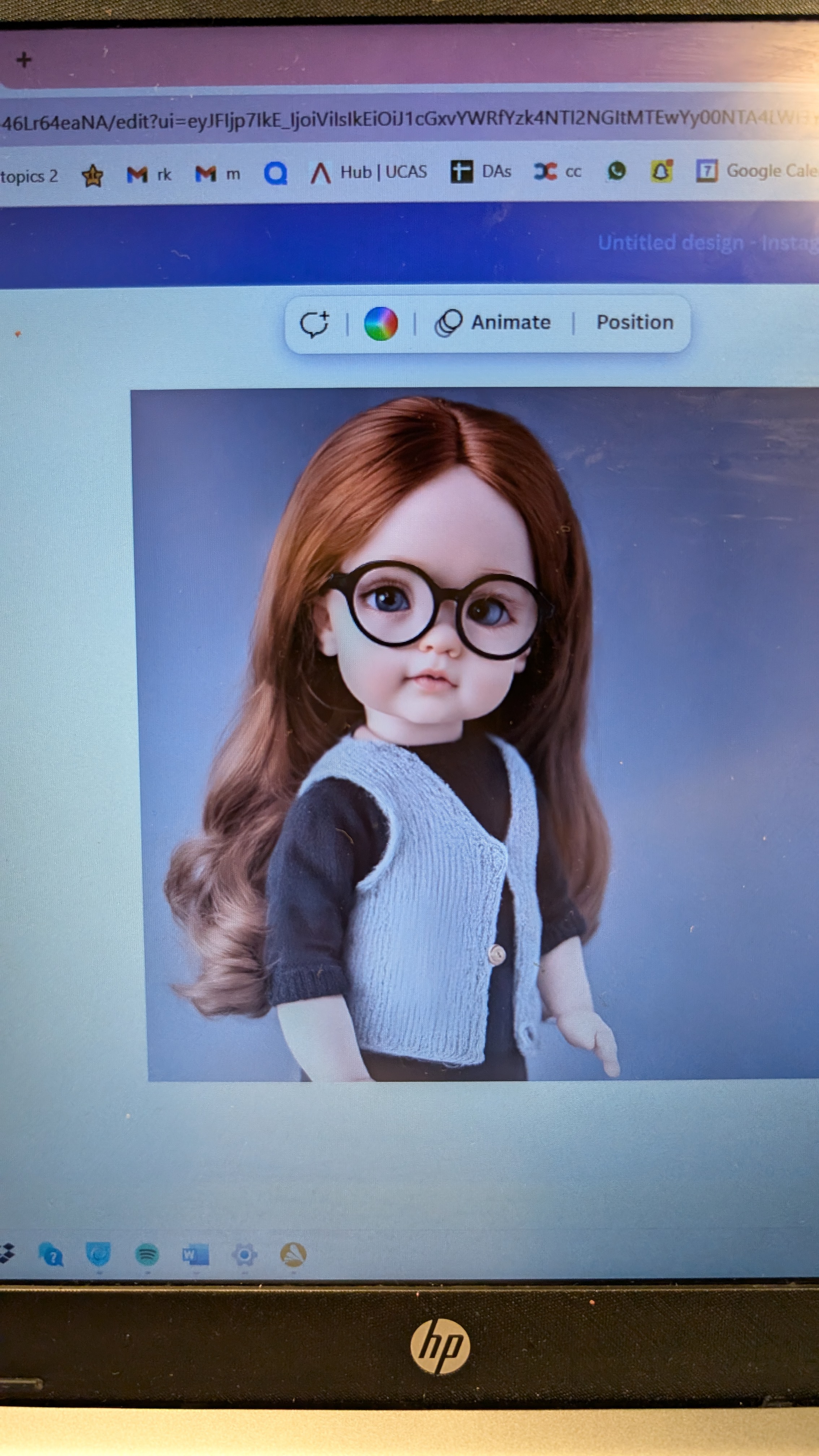Improving the accuracy of EWT
Cards (12)
- The cognitive interview
- The cognitive interview uses 4 main techniques:
- Describe Report everything
- Context reinstatement
- Recall from a changed perspective
- Recall in reverse order
- How does report everything improve the accuracy of EWT
- How does context reinstatement improve the accuracy of EWT
- How does Recall from a changed perspective improve accuracy of EWT
- How does Recall in reverse order improve the accuracy of EWT
- The enhanced cognitive interview
- Evaluation of the use of the cognitive interview as a way of improving the accuracy of EWT
